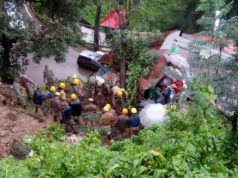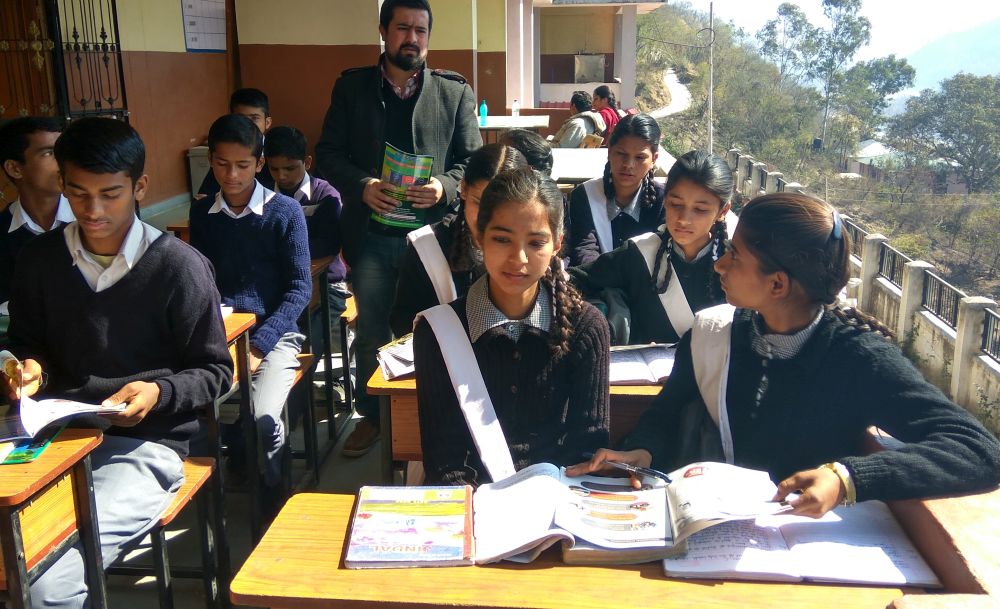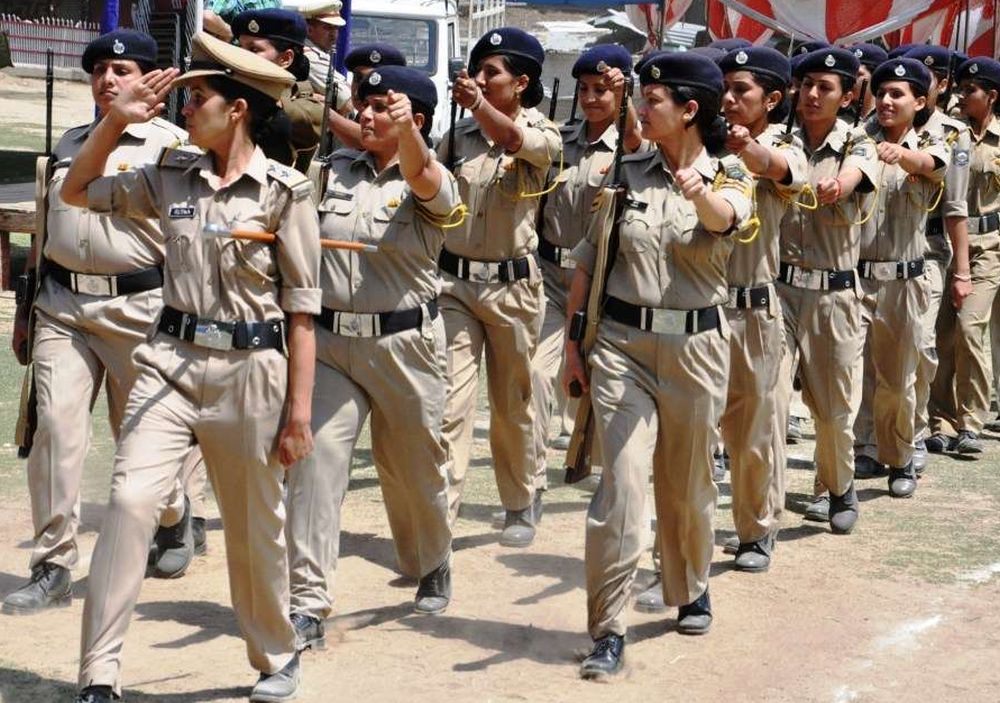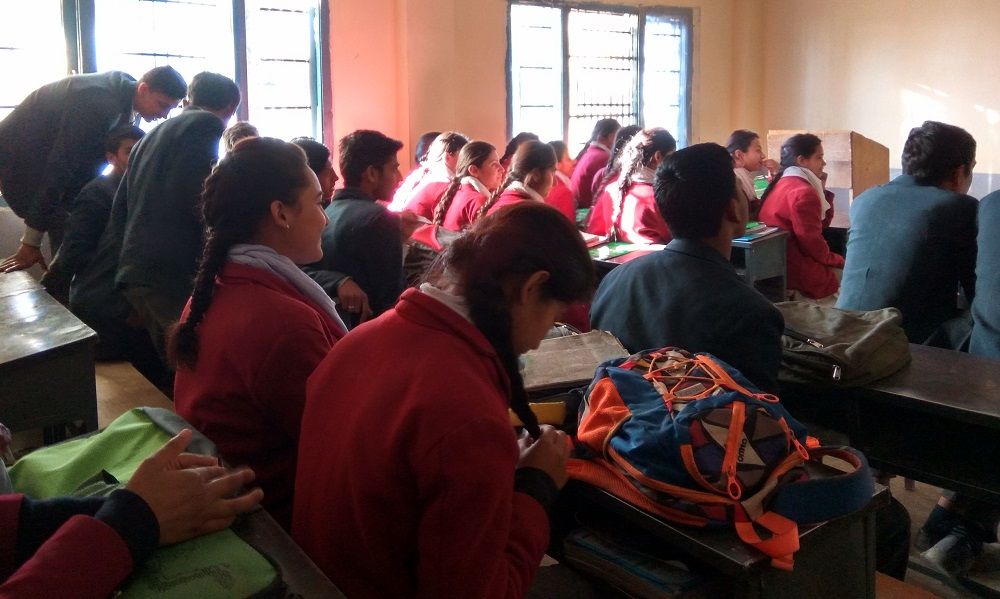As part of a systematic state-wide transformation programme, SAMARTH, the State Government has taken up up the challenge to institutionalise a robust review and monitoring mechanism with the objective of quickly identifying problems/challenges in schools and thereafter finding implementable solutions to them.
The review monitoring mechanism provides a platform for sharing best practices in education with all stakeholders in the government ranging from teachers and block officers to the Principal Secretary of Education. The State Government has been able to review over 5000 schools, visiting over 11,000 classrooms and covering 2.91 lakh students. In each school visit, the reviewing officer assesses the school on clear well-defined parameters in five categories: Basic School Infrastructure, Classroom Observations, School Management, Assessment Results and Funds Utilisation.
This has been possible due to the initiative of the State Government which has replaced the existing lengthy and cumbersome review system with a comprehensive 2-page OMR form. Unlike the earlier system, the OMR forms allow immediate digitisation. As a result, a school visit in the first month is followed up with meetings basis digitised information at the state and district levels. Problem areas as well as well-performing schools are identified and discussions are oriented not towards fault-finding, but towards finding solutions and implementing then. The actions decided upon in the state review meetings are tracked via a detailed action point tracker thus ensuring that reviews don’t become a paper exercise but actually translate into quality improvement on the ground. Further, each district is issued a letter containing a list of schools where improvements need to be made across various specific issues, besides voice calls are also made directly to schools.
The Block officers (BEEOs, BRCCs) and District Officers (DyDir Elementary, DPO-cum-DIET-Principals) as well as state-level officials carry out reviews of schools on these OMR forms. They submit their forms to the SPO(SSA) as per a pre-determined schedule where the forms are digitised and the data is analysed. Meetings are then held at the district level which are chaired by the Deputy Director Elementary, or DPO-cum-DIET-Principal and the state-level meetings are chaired by the Director, Elementary or the SPD SSA/RMSA. This has brought a sea change in the quality of education in the State and the State has been ranked as the best State in the field of education.
This year, the State Government has embarked on an ambitious mission for on-time distribution of free textbooks to all students across the State, so as to completely eliminate loss of teaching time due to textbook delay.The Mission has been an outstanding success. More than 55 lakh books have been distributed to 6 lakh eligible students across 15,000 schools before the commencement of the academic sessions in February and April 2017. Despite extreme weather conditions, difficult terrain and two separate academic cycles, Himachal Pradesh has become the first state in the country to achieve this feat.
The Department of Education is also making optimumuse of technological solutions to bring speed, efficiency, transparency and real-time visibility in the system. Above all, this was made possible because so many different stakeholders in the system such as printers, depots, block officers, teachers etc. came together to achieve a common goal for the benefit of students.Earlier, teachers often had to travel across the district to depots to collect books for schools. This year, block officials were made responsible for collecting books from depots and distributing them till the cluster level, thus saving time, effort and money. Instituting online demand collection and verification by blocks: A digital mechanism was instituted for easy collection, analysis and dissemination of demand for textbooks.
Workshops were being held with representatives of all stakeholders including depot officials, deputy directors, DIET principals, BEEOs, BRCCs and BPOs to simulate textbook distribution and identify and mitigate all problems in advance. An online dashboard had been created for tracking textbook collection status from depots to blocks. The link to this dashboard was sent to relevant state and district officials for ease of monitoring.
The State Education Department is also planning to create a portal for automatic, real-time textbook monitoring. This portal will send auto-SMS and email notifications to stakeholders reminding them of their scheduled date for collection/ receipt, and allow them to digitally confirm the same.







